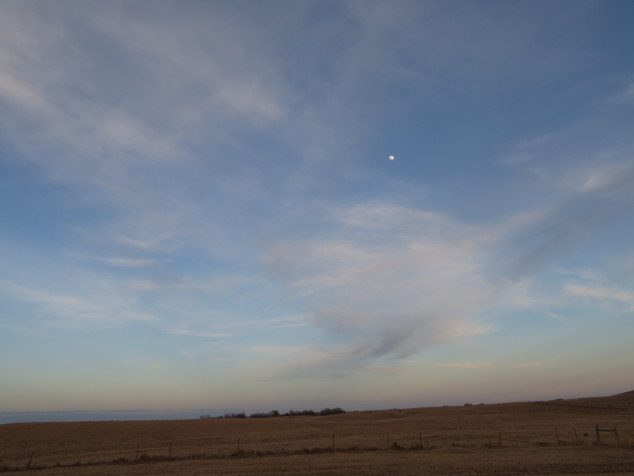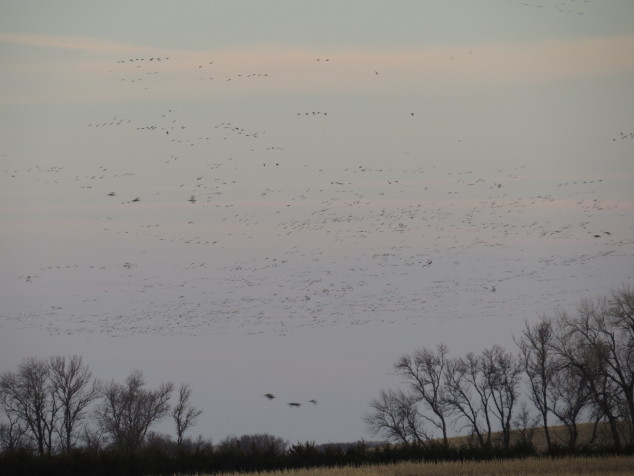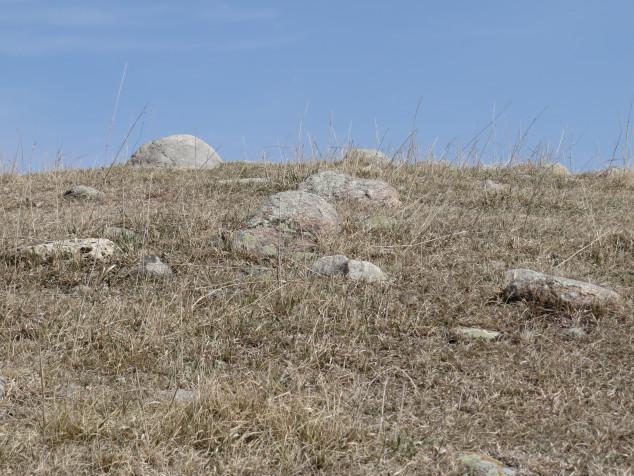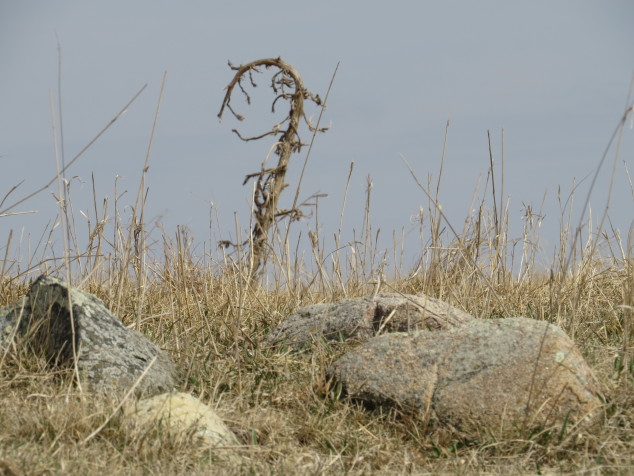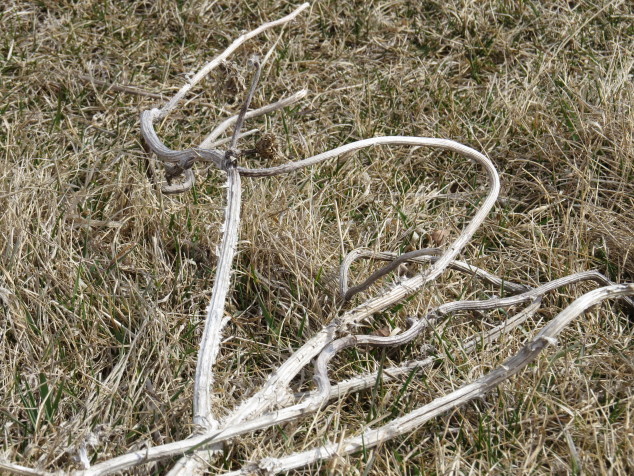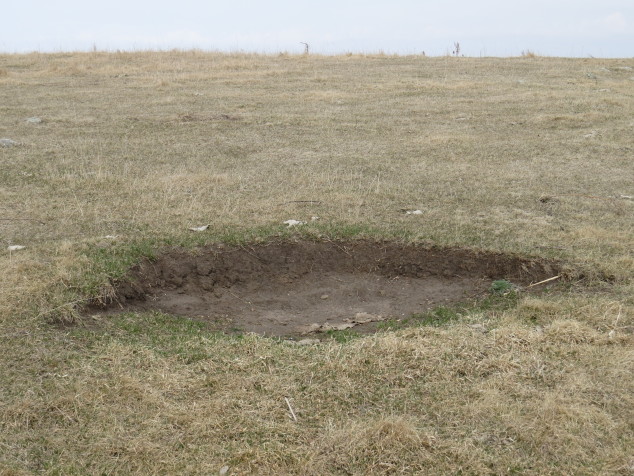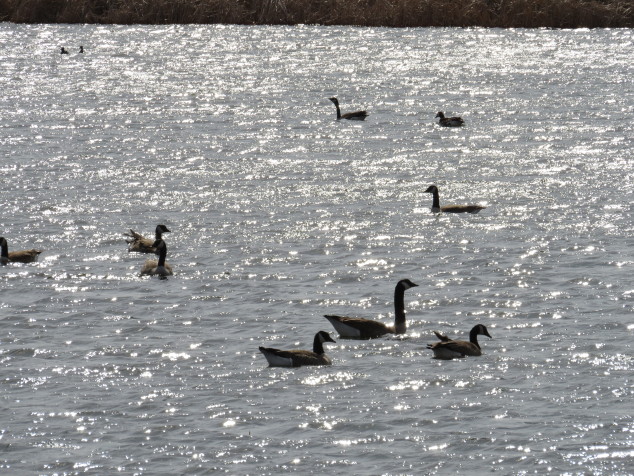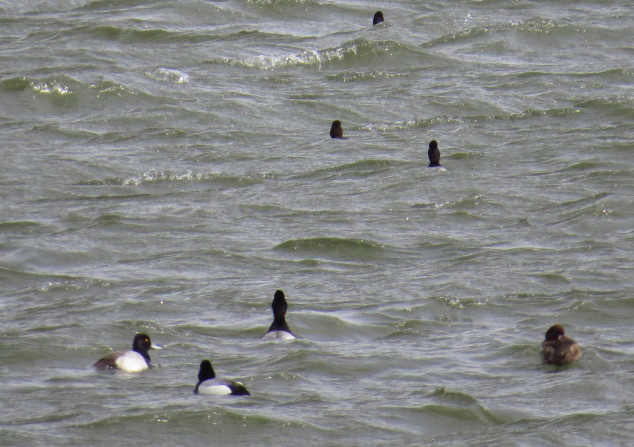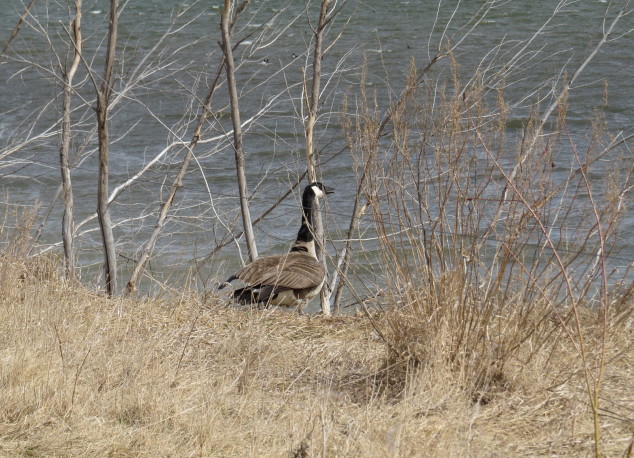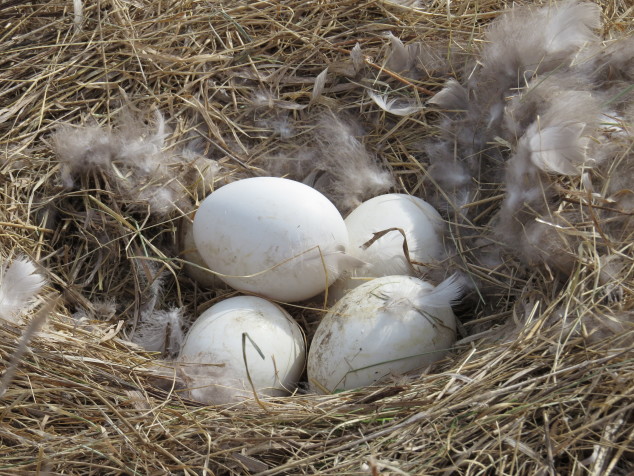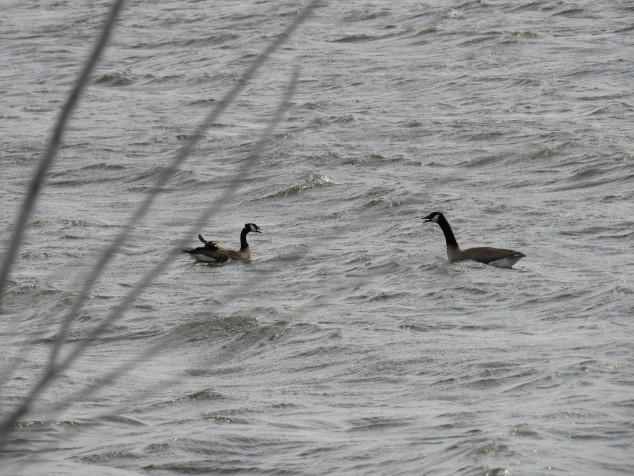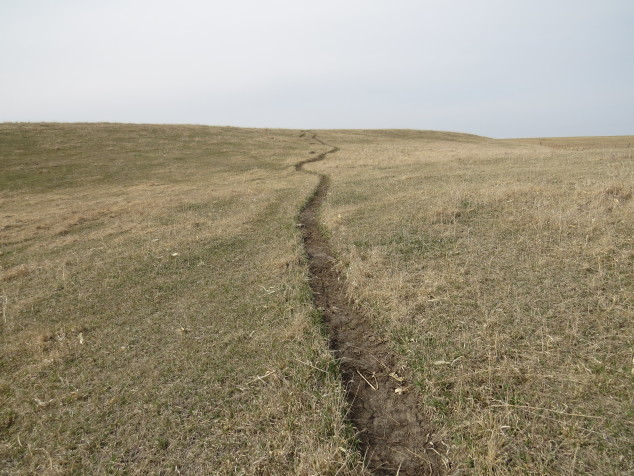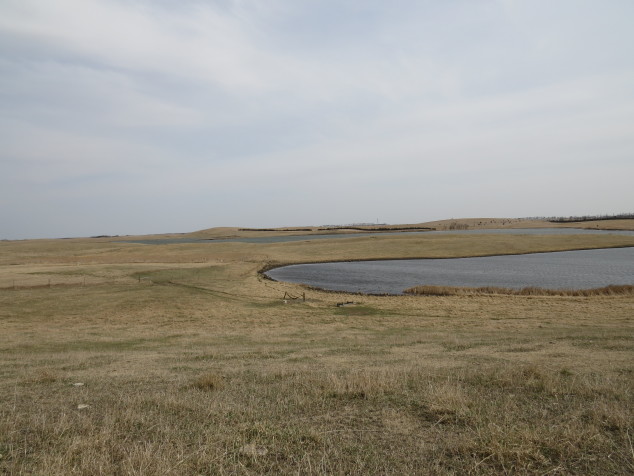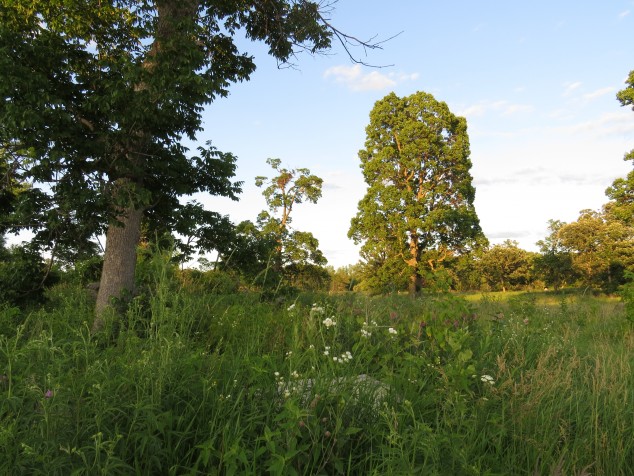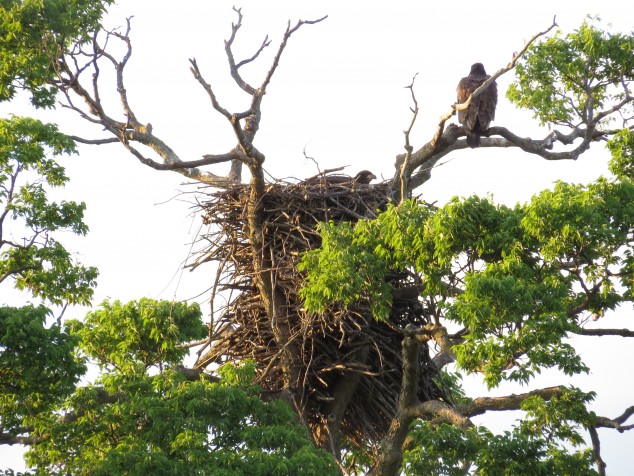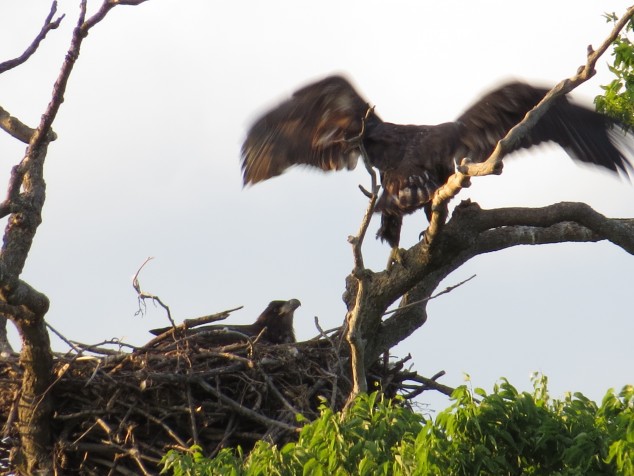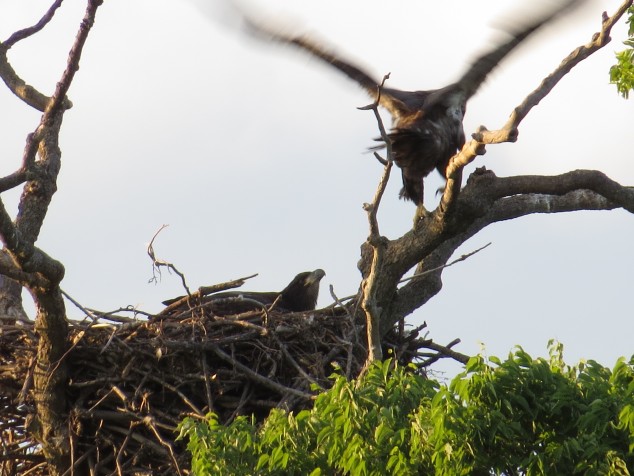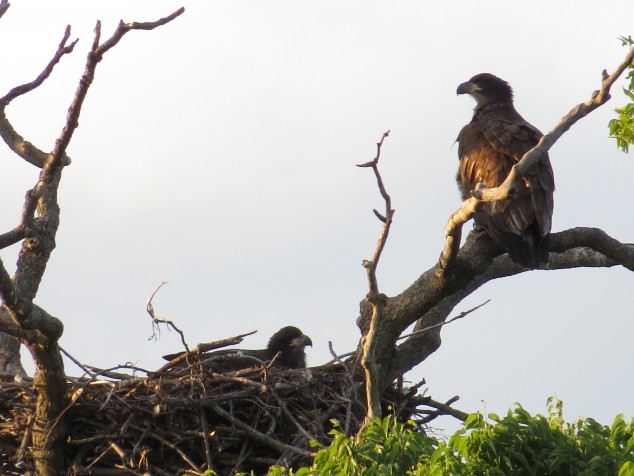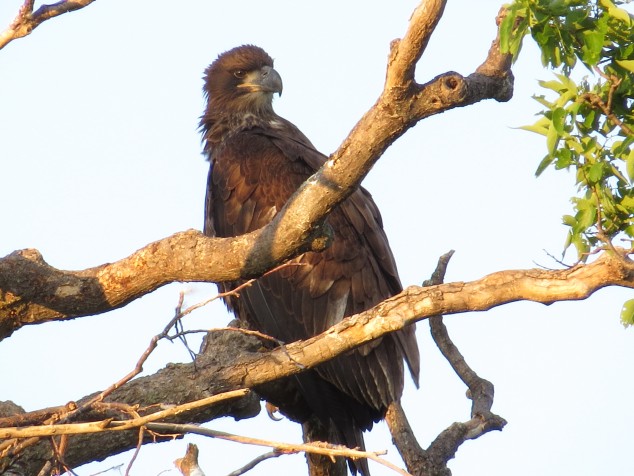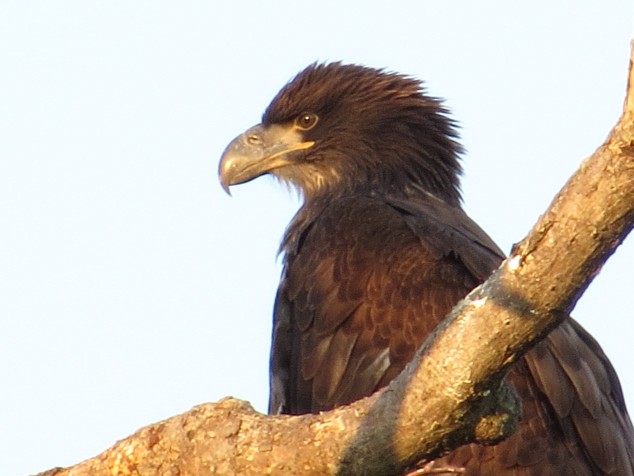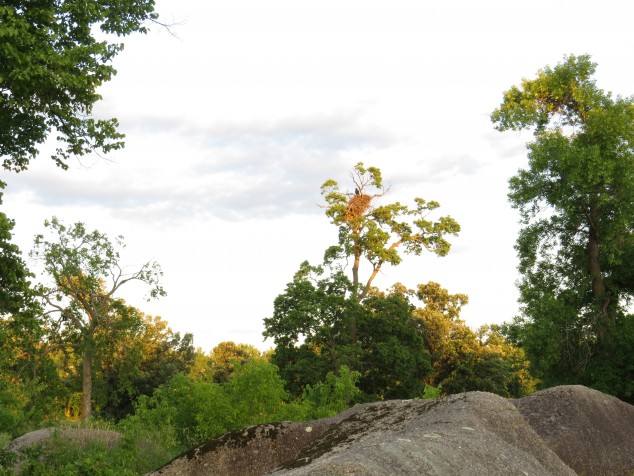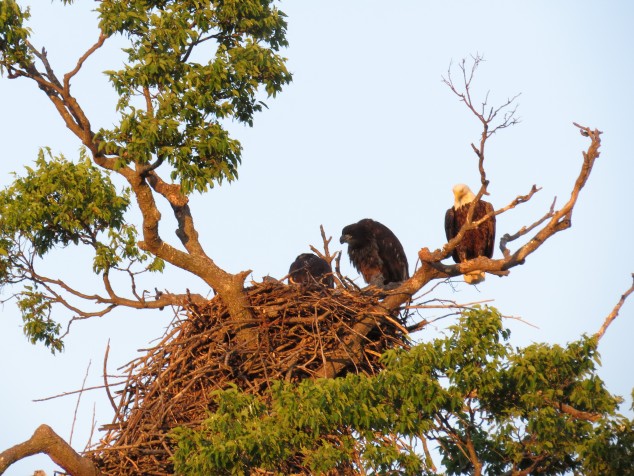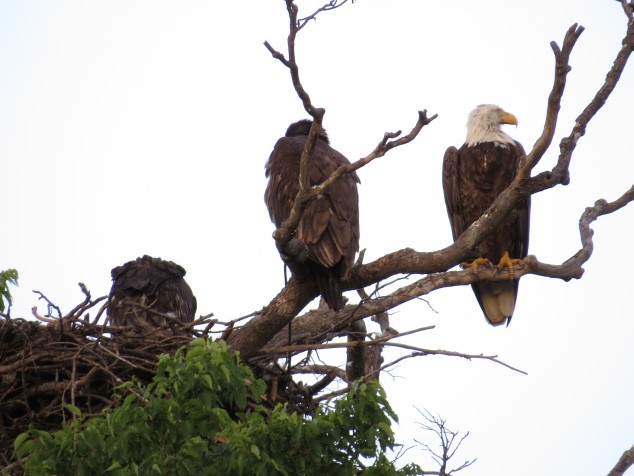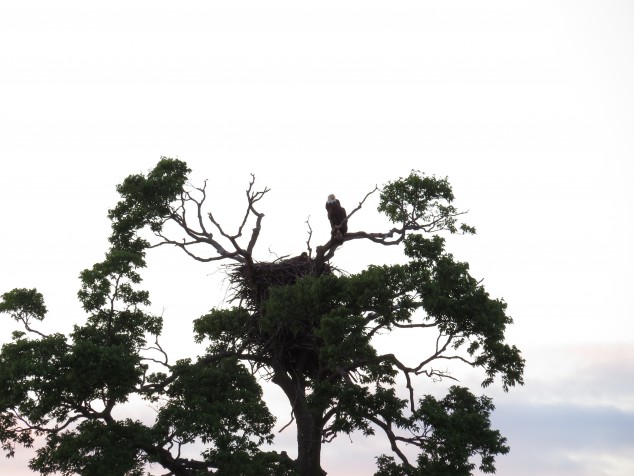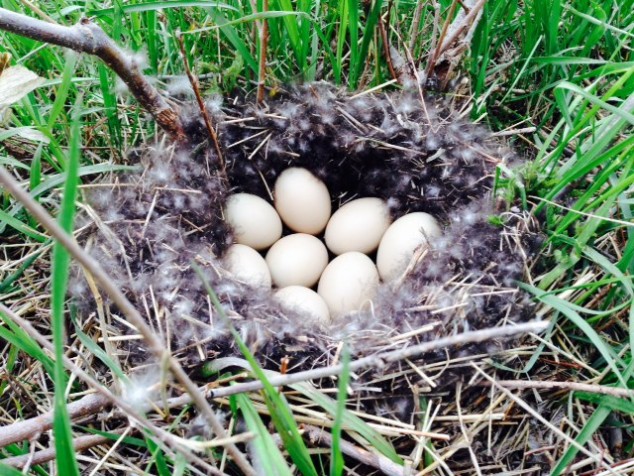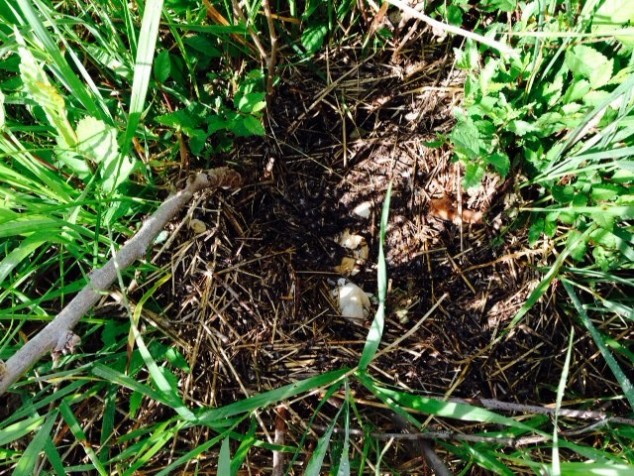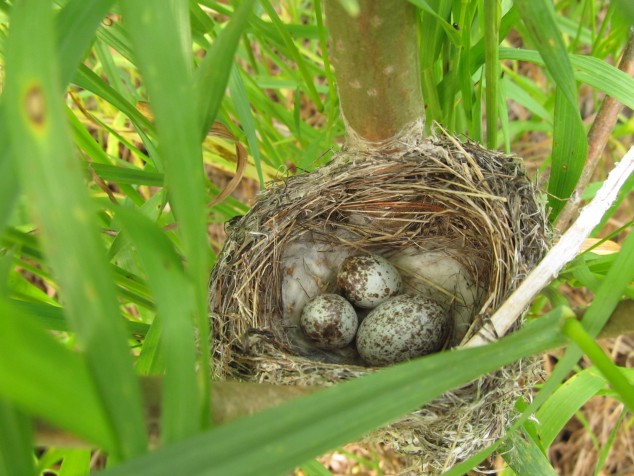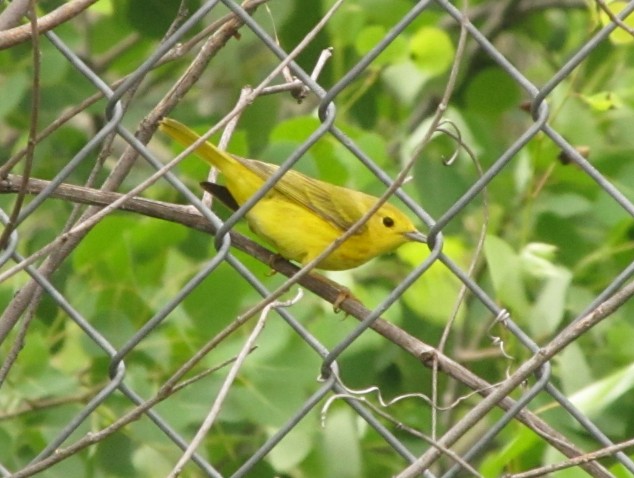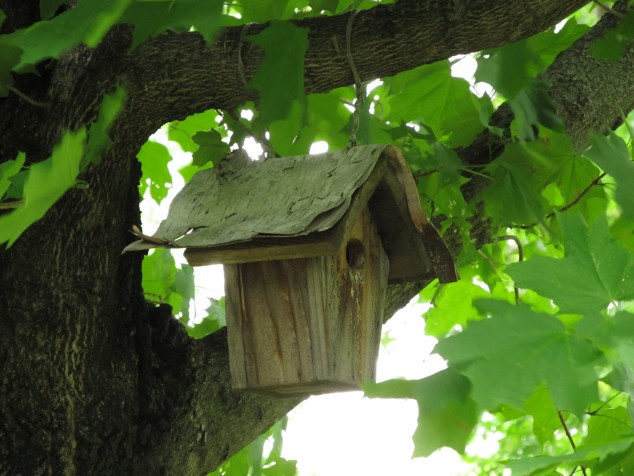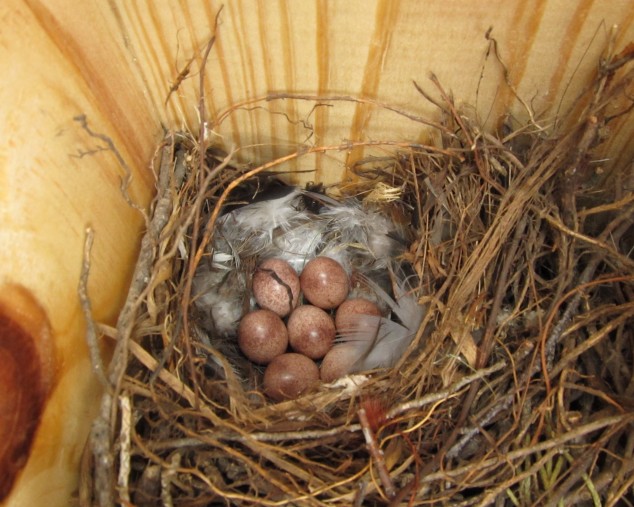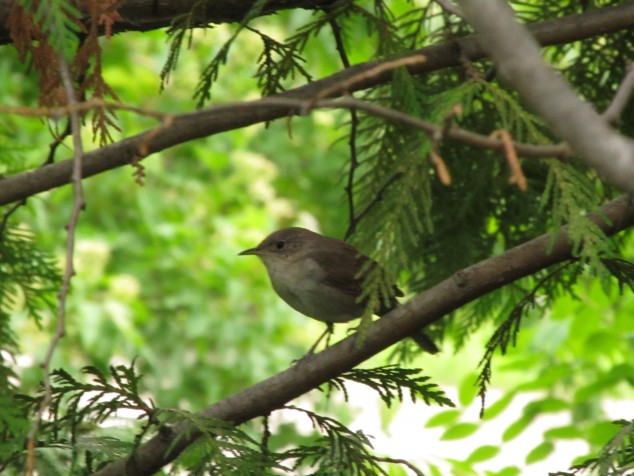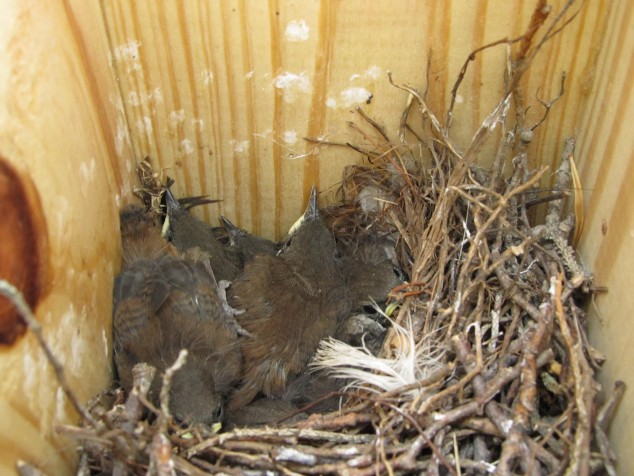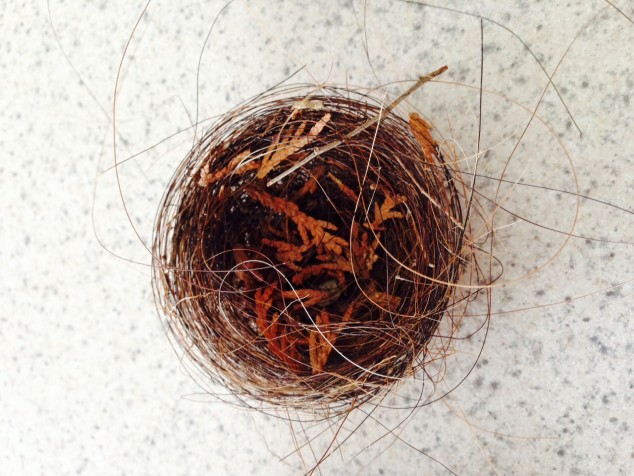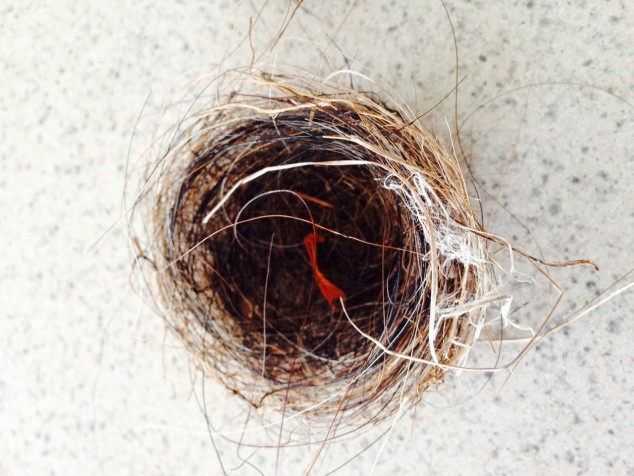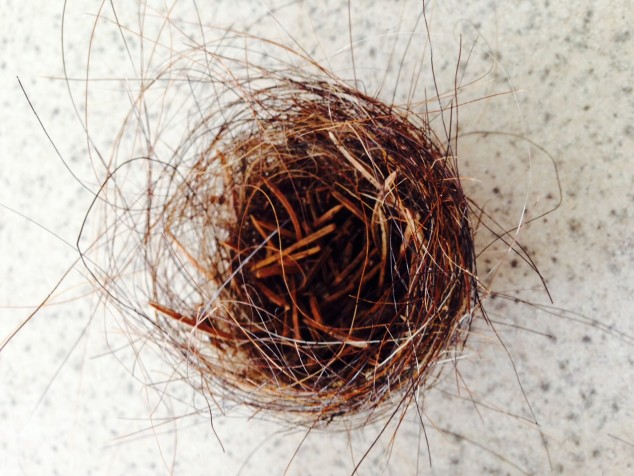There is a place called Home. It’s not a house or a certain building, and you may not even reside there. But something happens to your soul, your spirit, and your body when you return to this Place. When the Place envelops you–you see it, smell it, hear it, and experience it–your blood pressure drops, as my friend Ruth says. You breathe it in with a deep, contented sigh and wonder why you’ve been away for so long. The place called Home for both Ruth and me is the Prairie. We are both Dakotans living in Central Minnesota among the trees and lakes. Don’t get me wrong–I love the trees and lakes and find great pleasure in their beauty and abundance. But when I returned to South Dakota a couple of weeks ago, I felt that place called Home once again.
I arrived Home at dusk to the familiar din of tens of thousands of geese circling, then settling down into the slough for the night. The Snow geese were on their way north, happy for a rest stop along the way.
Later that week, I was able to walk the pasture. It was grazed short from the previous fall with hints of green for the new season. The wildflower hill, with its rock landmarks, is misnamed for this time of year–not even the early blooming pasque flower had peeked its head from the sod.
A dried thistle ‘shepherd’s crook’ accented the horizon, waiting for the animals to return to their summer pasture.
Other thistles lay like bleached bones on the prairie, remnants of time past.
A buffalo wallow, encircled with green grass and dried cow pies, is used by the cattle to rub their heads or to roll in the dust or mud.
The home geese were in the near slough. These Canadian geese stay all summer, making their nests and raising their young.
As I walked along the edge of the bigger slough, I saw Greater and Lesser Scaup ducks body surfing the white caps. Like the Snow geese, they were also making a migratory stop on their way to breeding grounds in the far north.
I scared a mama goose from her nest, and with great honking distress, she retreated into the water.
Her nest was perched on the bank above the slough and made of dry grass and down feathers. It contained five large cream-colored eggs.
The mama goose continued her distress calls and very soon her mate flew to her side, where he heard the whole story of the intruder on the bank. Their indignant honking continued as I walked away from the nest.
I followed the cow path to the top of the hill.
M-m-m, it was good to be Home.
The place called Home, where our spirits soar and our bodies relax, may be our birthplace or a special place that changed the way we feel about Life. It could be the Prairie, the Mountains, the Lake country, the Bayou, or the Great Mississippi River. We leave and find these special places by our own migrations due to schools, jobs, and mates. We make our nests and raise our families in the best way we can, giving our time, energy, and love to the herculean endeavor. At some point, the remnants of the past whisper in our ears, and we ask ourselves if we are on the right path. When the whispers become loud, incessant honks, we finally walk away from the things that no longer work in our lives. And we walk towards ourselves and find that the special place called Home is also inside us. It’s good to be Home!
